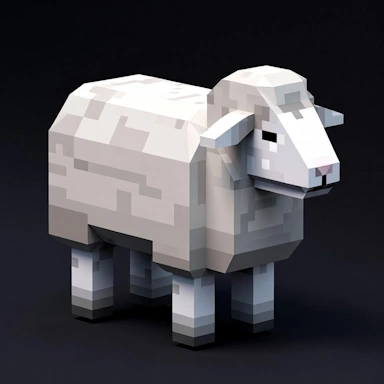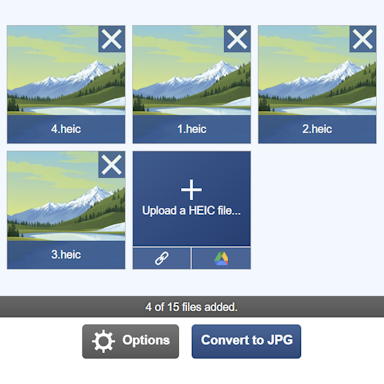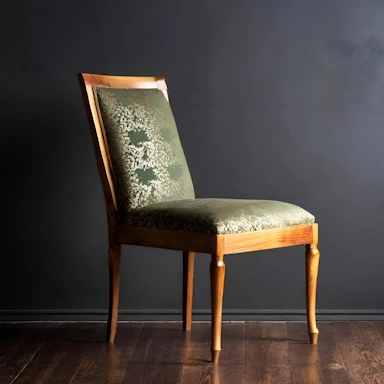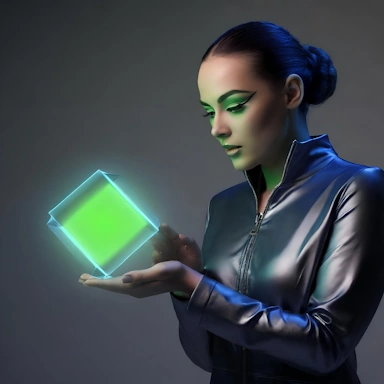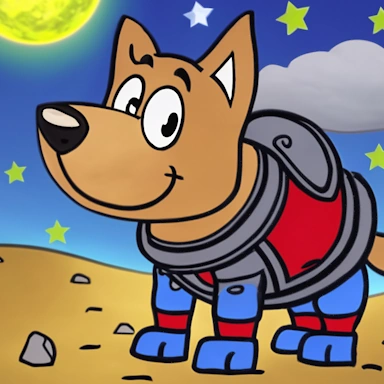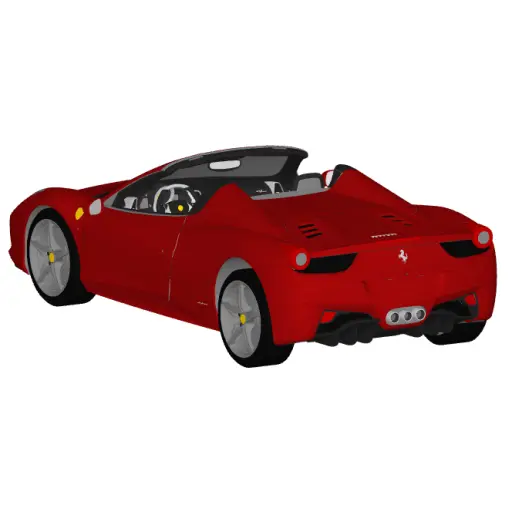3D Model
3D models are often used in videogames, simulations, 3D editing, CAD, and other computer graphics applications. A 3D model can contain a 3D representation of an object, character, or even an entire 3D scene and can have materials, lighting, and animations applied to them to make them very realistic.
Vertices and Faces
At the heart of any 3D mesh-based model are vertices and faces. A vertex is a point in 3D space, and a model will contain many thousands or even millions of these. Without any faces, a 3D mesh made up of only vertices is commonly referred to as a Point Cloud, and if rendered to a computer screen, it will appear as a grouping of points in the general shape of the 3D object.
Along with vertices, a 3D model mesh will also contain faces, sometimes referred to as surfaces. Faces are what connect the vertices together to define the basic shape of the 3D object. At a minimum, a face will consist of three points, creating a triangular mesh; however, some 3D model formats, such as OBJ support more than three-sided faces. Along with faces, a 3D model will also contain face normals. These are simply vectors that define the direction the face is pointing and are primarily used by the 3D rendering software to work out whether the face is forward or backward facing.
A teapot rendered as a point cloud
The teapot rendered as a wireframe
The teapot rendered with its mesh faces
In most 3D model formats, the vertices are stored in a continuous list, and the points that make up the faces are defined as offsets into this list. This allows a vertex to be used by multiple faces without needing to define it more than once. There are certain older 3D formats, such as STL, that do not use this indexed approach and simply specify three vertices per face, ignoring the duplication of data this may cause.
Materials and Textures
With the vertices and faces defining the overall size and shape of the 3D model, we now look at how 3D models define their appearance. This is where materials come into play. A basic material can contain a color, and this material can be applied to either individual vertices, faces, or portions of the 3D model. More complex materials can be defined using texture image files.
Vertex Materials
Support for applying a material to individual vertices is not universal, with only certain formats, such as WRL and 3MF, being able to do this. With vertex materials, it is possible to create smooth transitions between the colors of different points on a face.
Face Materials
Most 3D model formats support face materials, which allows for fine control over the appearance of the 3D model. Within most 3D model formats that support face materials, each face will usually be assigned an index to the material to be used, ensuring no duplication of material information. Here we have an example of a 3D model of a cube, with the first image showing the cube using vertex colors. The second image shows single-color face materials being used, while the final image shows the 3D cube using textured materials.
A 3D cube with vertex colors
The 3D cube with face colors
The 3D cube with textured faces
Animations
Along with mesh geometry describing the 3D objects construction, some formats, such as FBX supports animated 3D models; these are usually character models often used in videogames and animated movies and will contain various animations depicting poses, amongst other things. For more information about 3D animation, please refer to this great article that describes animated 3D models in great detail.
